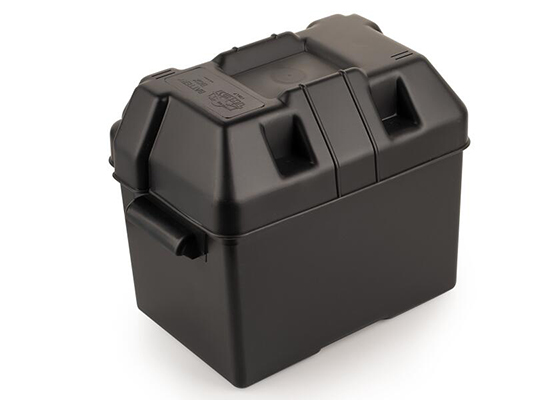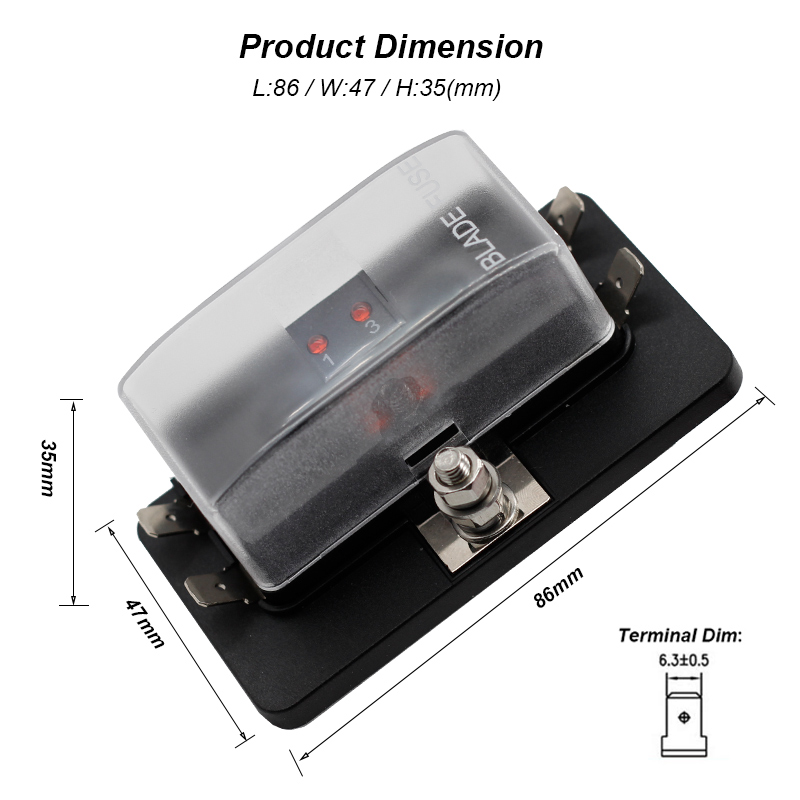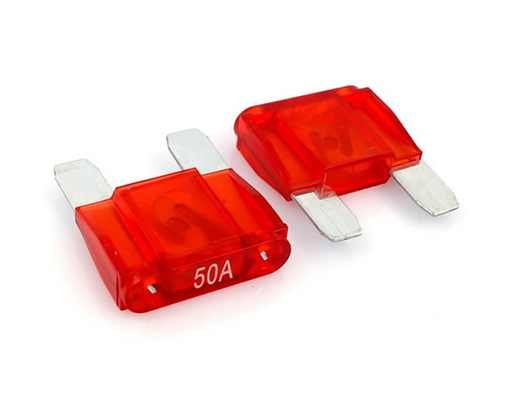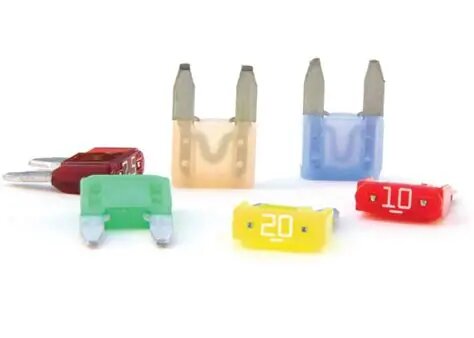Expert Guide to Fitting Universal Battery Boxes Across Multiple Car Types
News 2025-10-20
Universal battery boxes have become essential in modern automotive maintenance, offering a flexible solution for various vehicle models. These components simplify battery installation and replacement, ensuring compatibility across sedans, SUVs, trucks, and electric vehicles. This guide provides detailed insights into fitment processes, helping users achieve secure and efficient setups. By addressing common challenges, it enhances reliability and performance in daily use, making it a valuable tool for both professionals and DIY enthusiasts.

Performance Benefits and Applications
Universal battery boxes boast superior design features that improve vehicle functionality. Their robust construction resists corrosion and vibration, ideal for harsh driving conditions. In applications like long-haul trucking or urban commuting, these boxes ensure stable power delivery, reducing the risk of electrical failures. Key advantages include easy integration with different battery sizes and types, which saves time during replacements. This versatility supports a wide range of models, from compact cars to heavy-duty vehicles, promoting energy efficiency and longevity.
Detailed Fitment Instructions
Fitting a universal battery box involves several steps tailored to specific vehicle architectures. Begin by identifying the battery compartment location, which varies by model—sedans often have accessible trays, while trucks may require removing under-hood components. Secure the box using manufacturer-recommended bolts, ensuring tight fits to prevent movement. For electric vehicles, connect the box to the charging system carefully to avoid short circuits. Always test the installation with a multimeter to confirm proper voltage and grounding, enhancing safety and performance across diverse automotive designs.
Frequently Asked Questions
1. What makes a battery box universal?
It features adjustable mounts and standard connectors, allowing compatibility with multiple car makes and models for versatile use.
2. Can it improve battery life?
Yes, by providing better insulation and secure fitting, it minimizes exposure to elements, extending battery lifespan in various conditions.
3. Is professional installation necessary?
Not always; with basic tools and this guide, most can handle it, but complex vehicles may benefit from expert assistance for optimal results.


